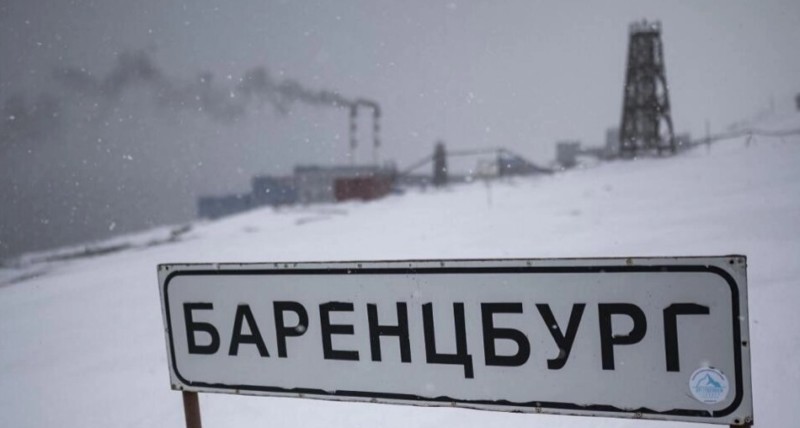German scientists and their colleagues have discovered that microalgae in the Arctic Ocean are capable of performing photosynthesis in the near-total darkness that occurs just before the start of the polar night. Their study suggests potential future applications in agriculture (The Guardian).
What is the minimum light intensity required for photosynthesis, the chemical reaction that forms the basis of nearly all oceanic and terrestrial food webs? Microalgae in the Arctic have just pushed the boundaries of what was previously thought possible!
Between September 2019 and October 2020, the German oceanographic research vessel Polarstern drifted through the Arctic Ocean, collecting samples and taking measurements over an entire year – including during the mysterious polar night.
Signs of photosynthetic activity were detected in water samples collected just a few days before the onset of this period of darkness, even at 86 degrees North, up to 50 meters deep beneath the ice, where virtually no light penetrated, reveal the authors of a study published on September 4 in Nature Communications (The Guardian).
A light intensity 37,000 to 50,000 times lower
« The typical brightness conditions of a clear day in Europe are more than 37,000 to 50,000 times greater than the amount of light required by these Arctic microalgae, » our colleagues compare.
But how do these tiny marine organisms manage to make use of such a meager light harvest? The mechanisms at play are not yet known. However, they could potentially lead to applications in agriculture.
For example, it could be a way to extend the growing season of crops in environments that don’t get much sunlight – « even in the UK, » as the British media hints. Or, reduce lighting in greenhouses or vertical farms to save energy. Perhaps even growing lettuce (or other crops) in spacecraft, on Mars, or on other planets…
Source: GEO




